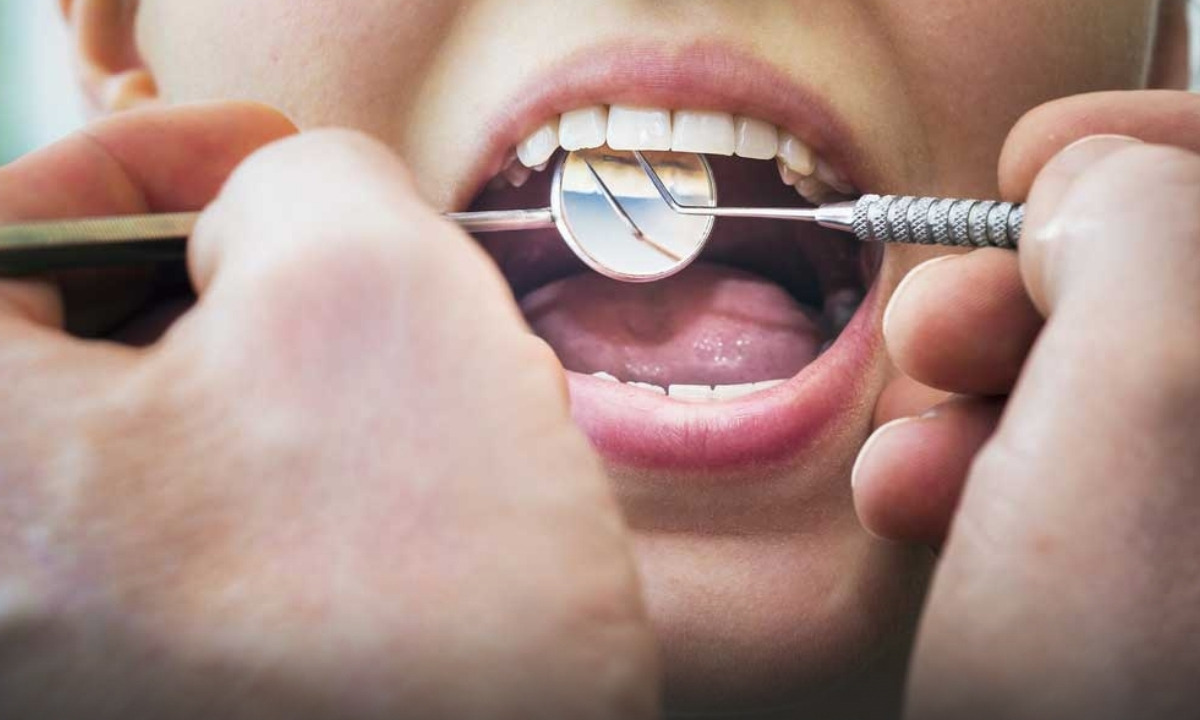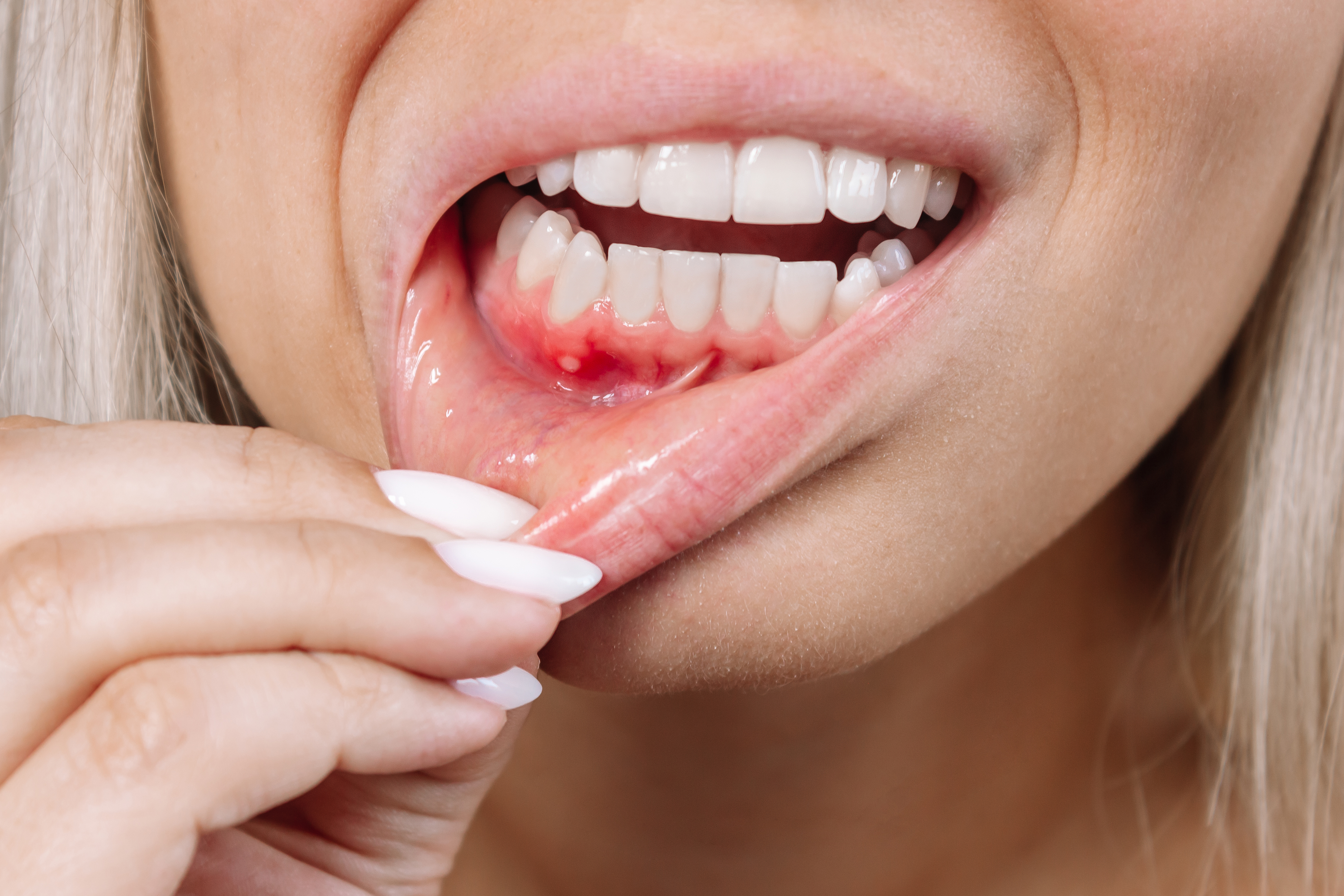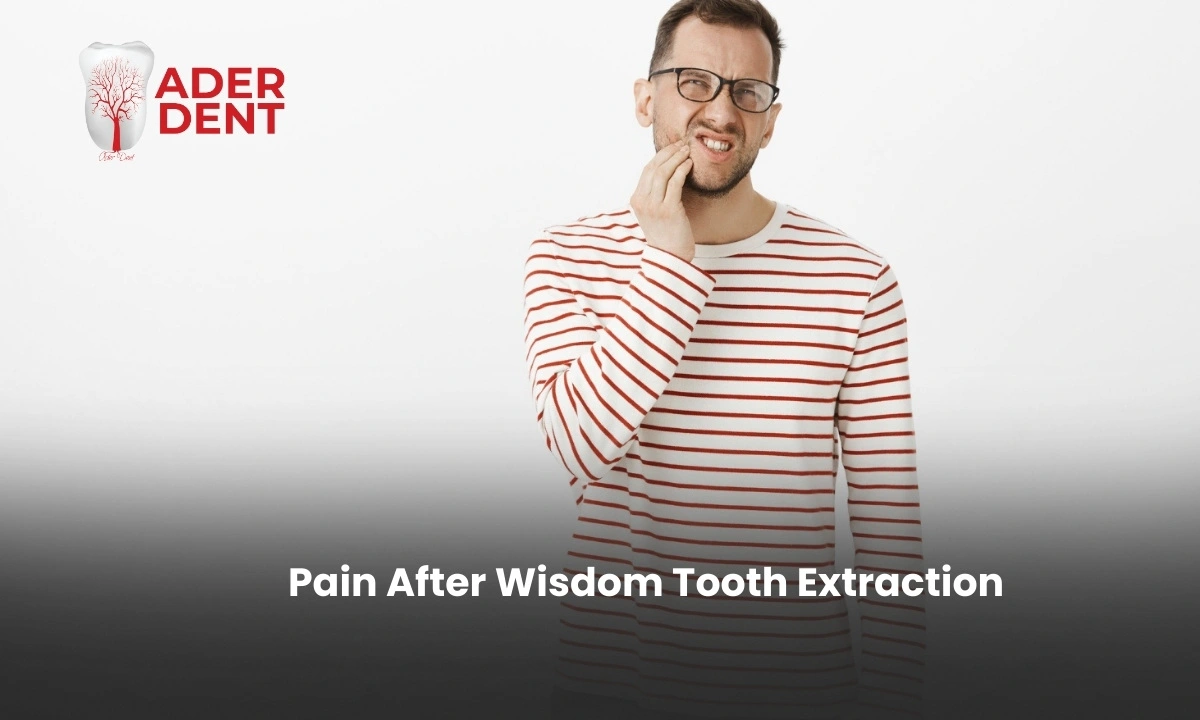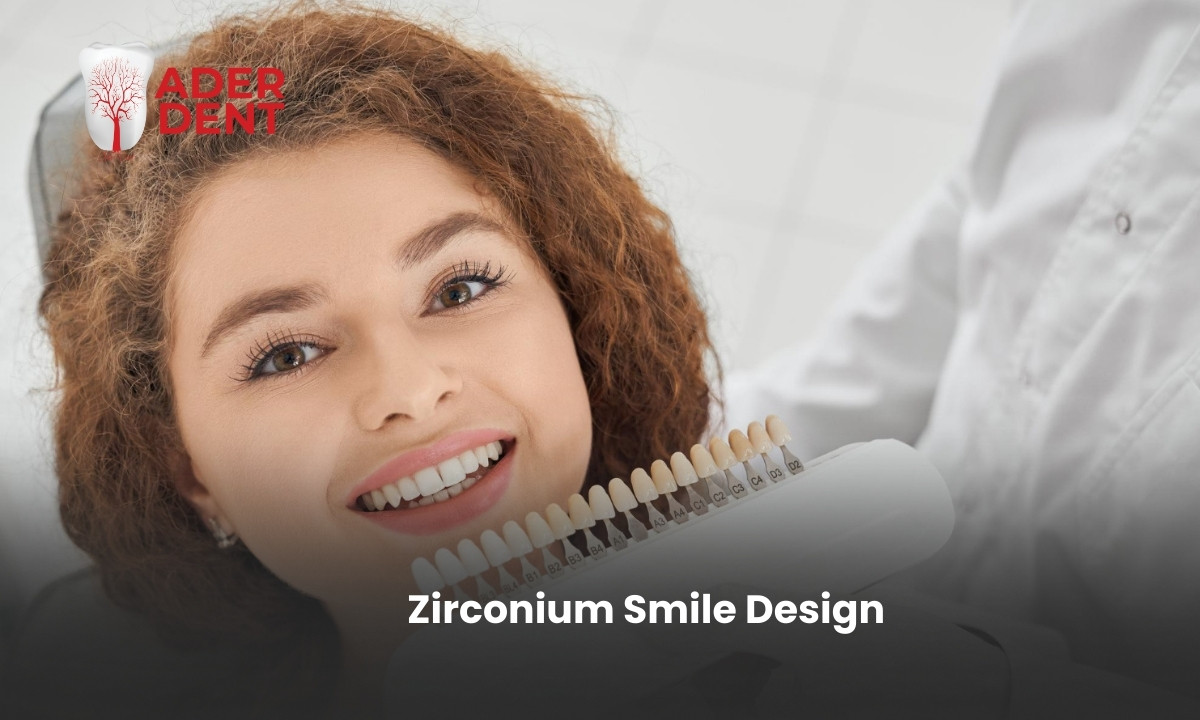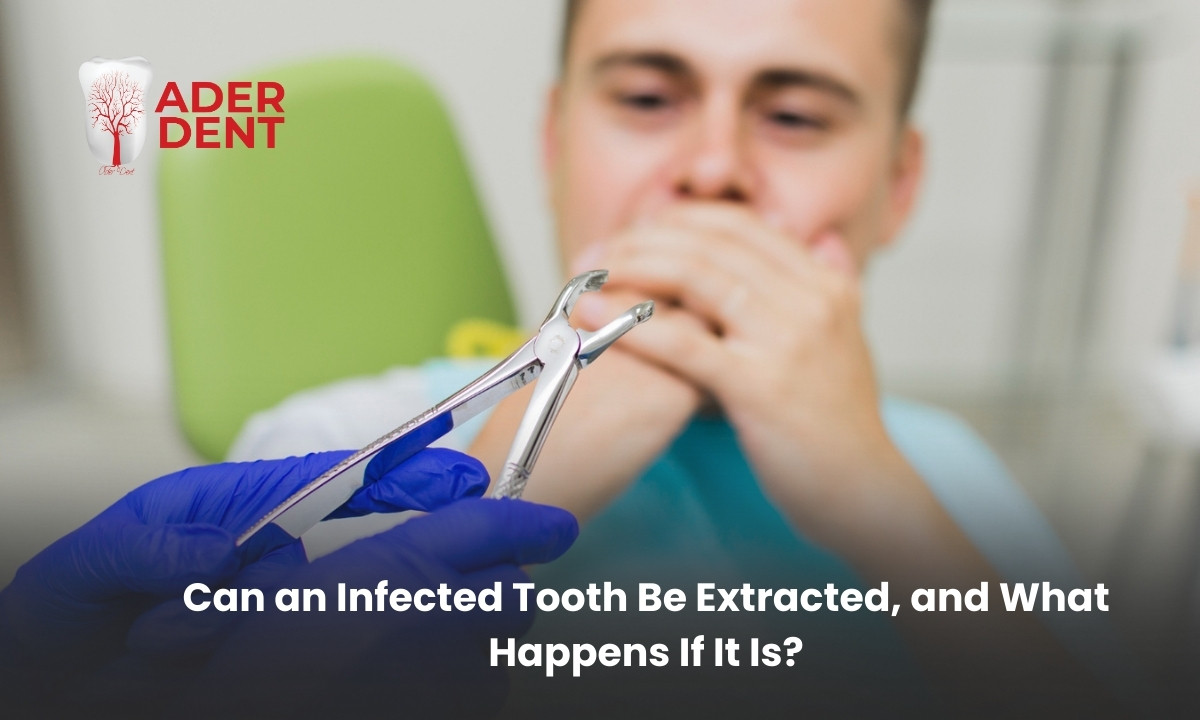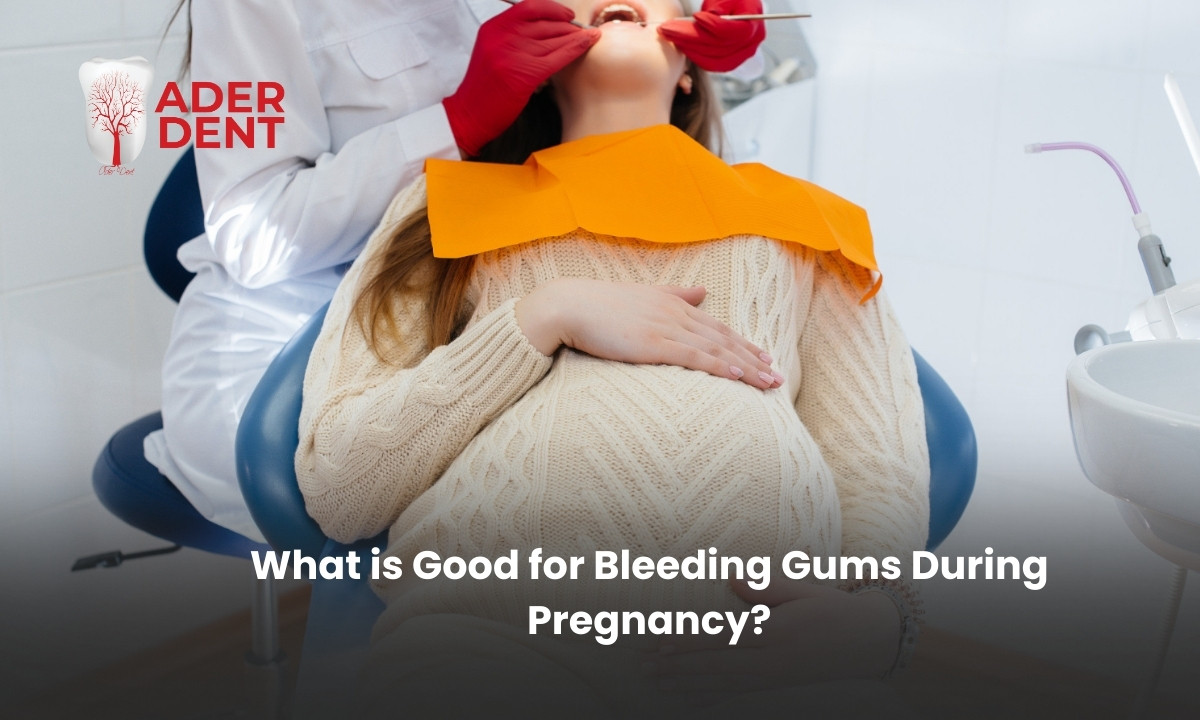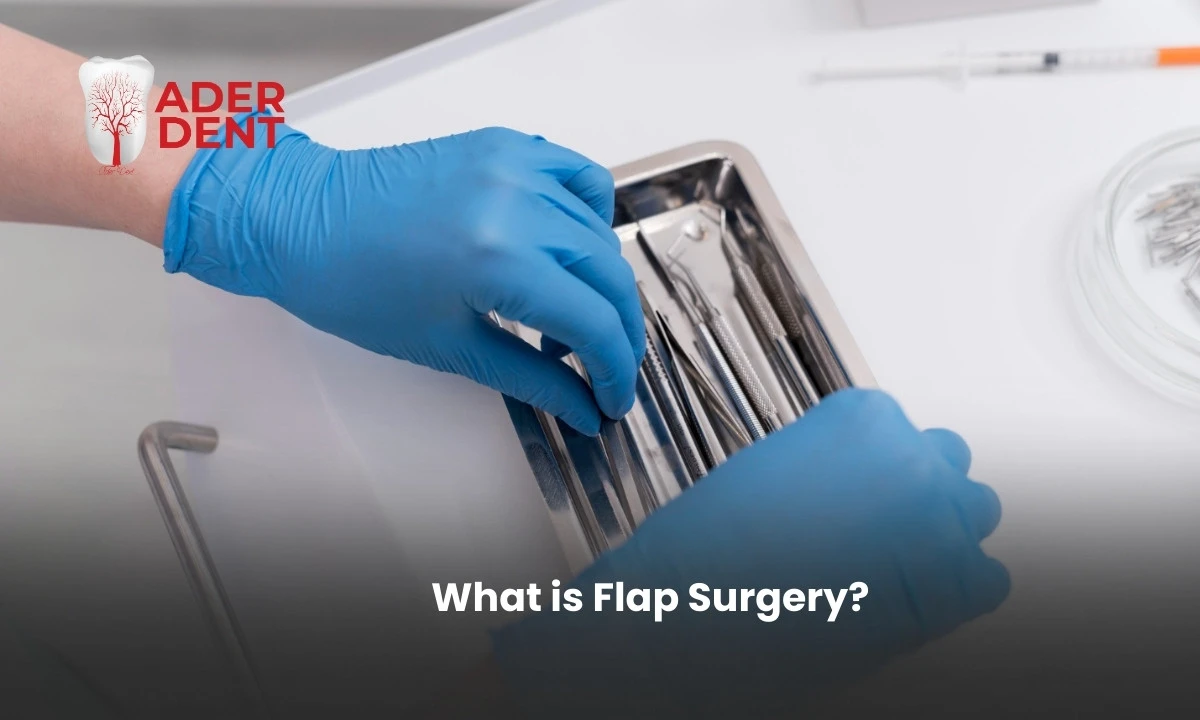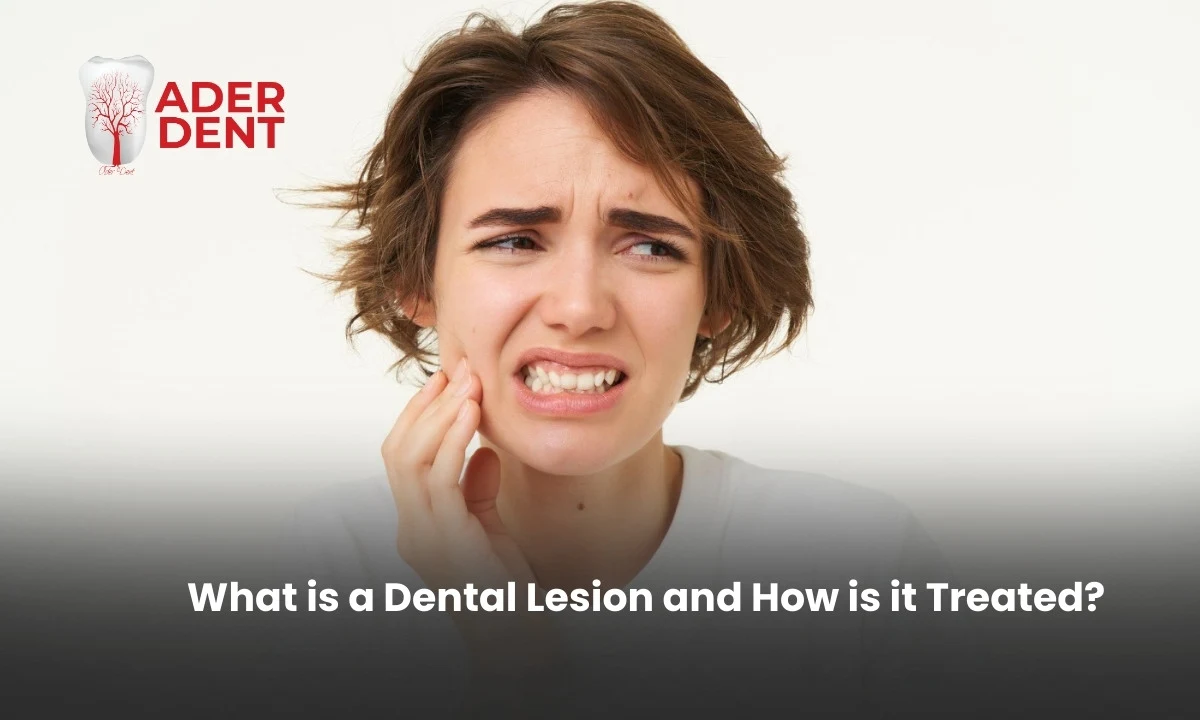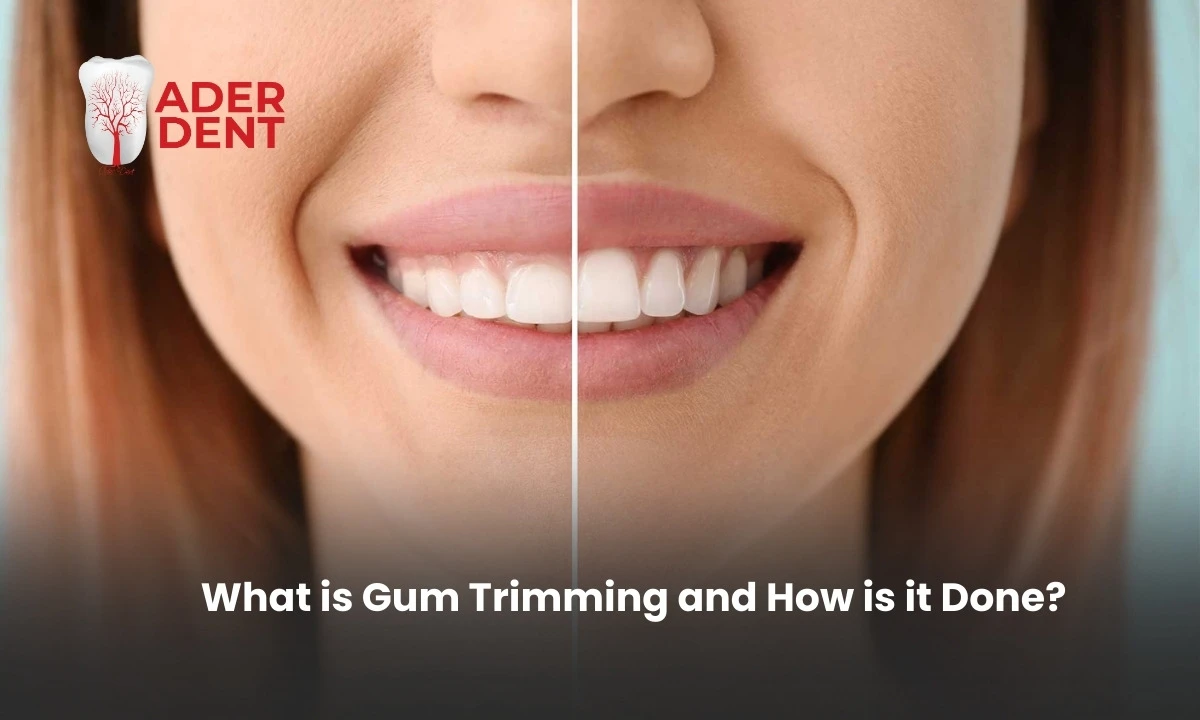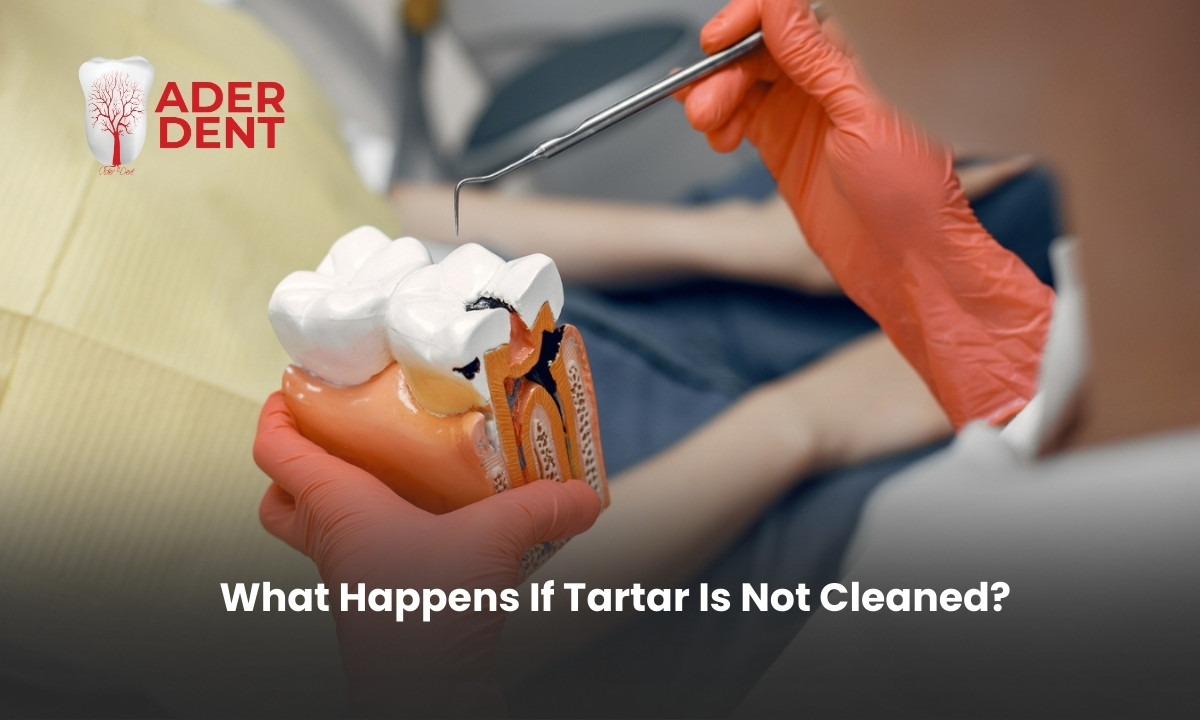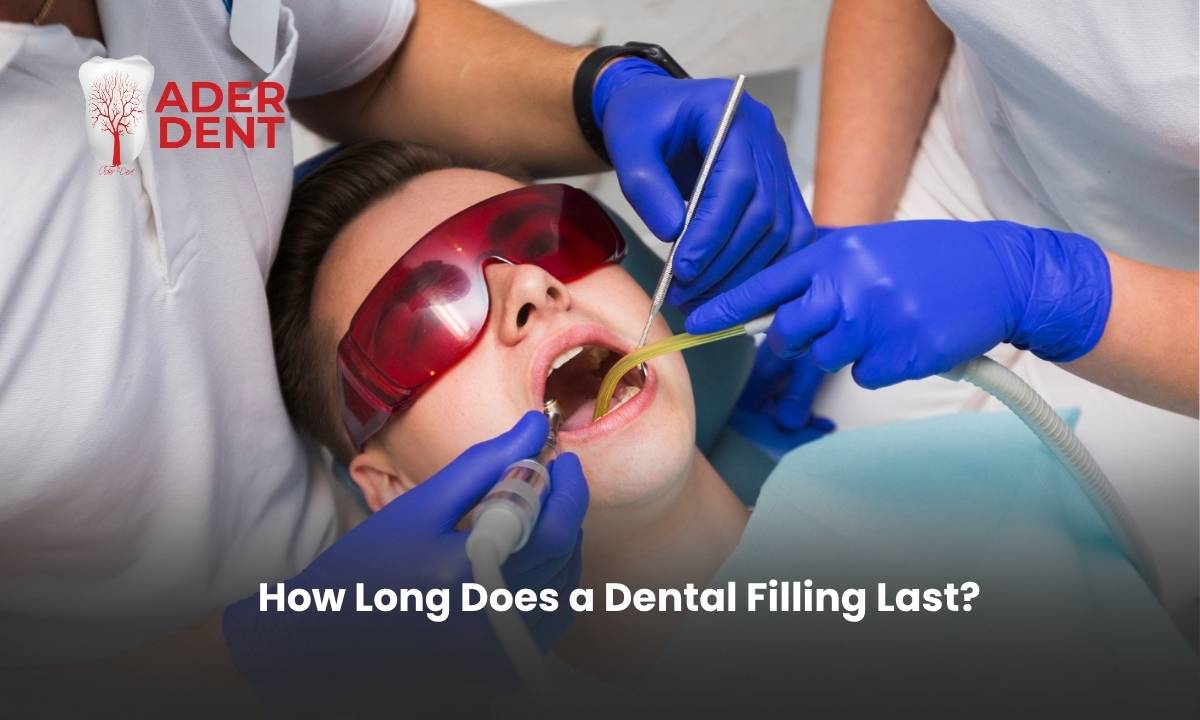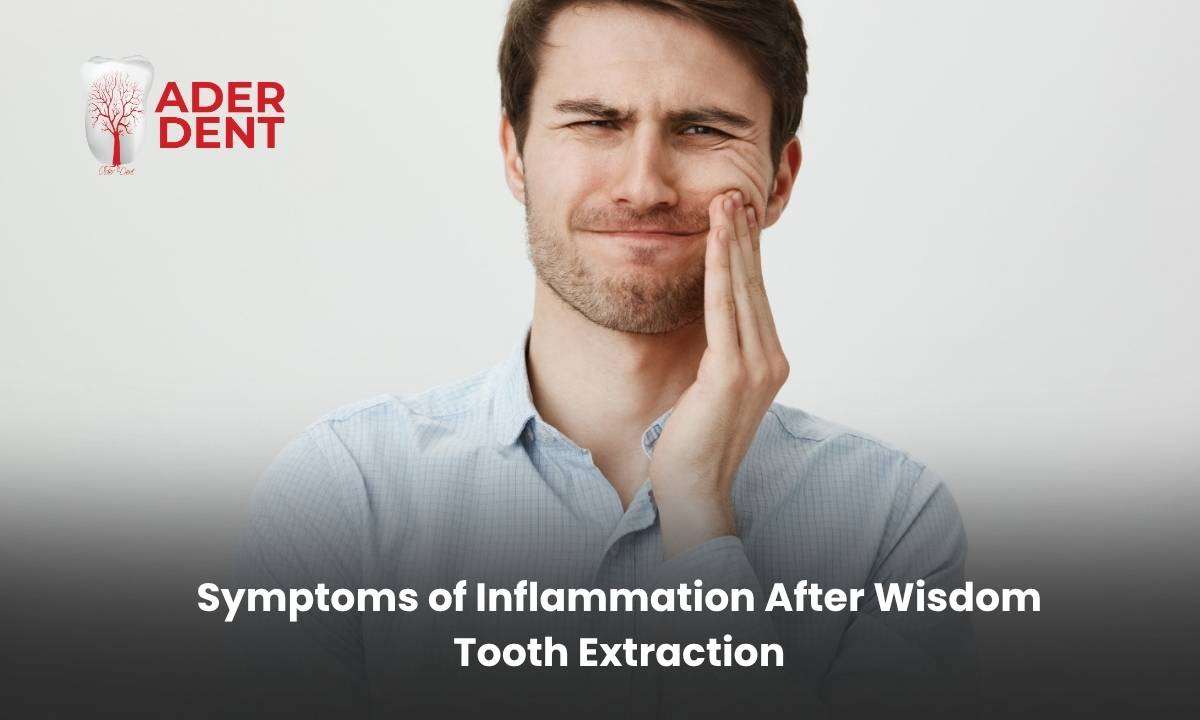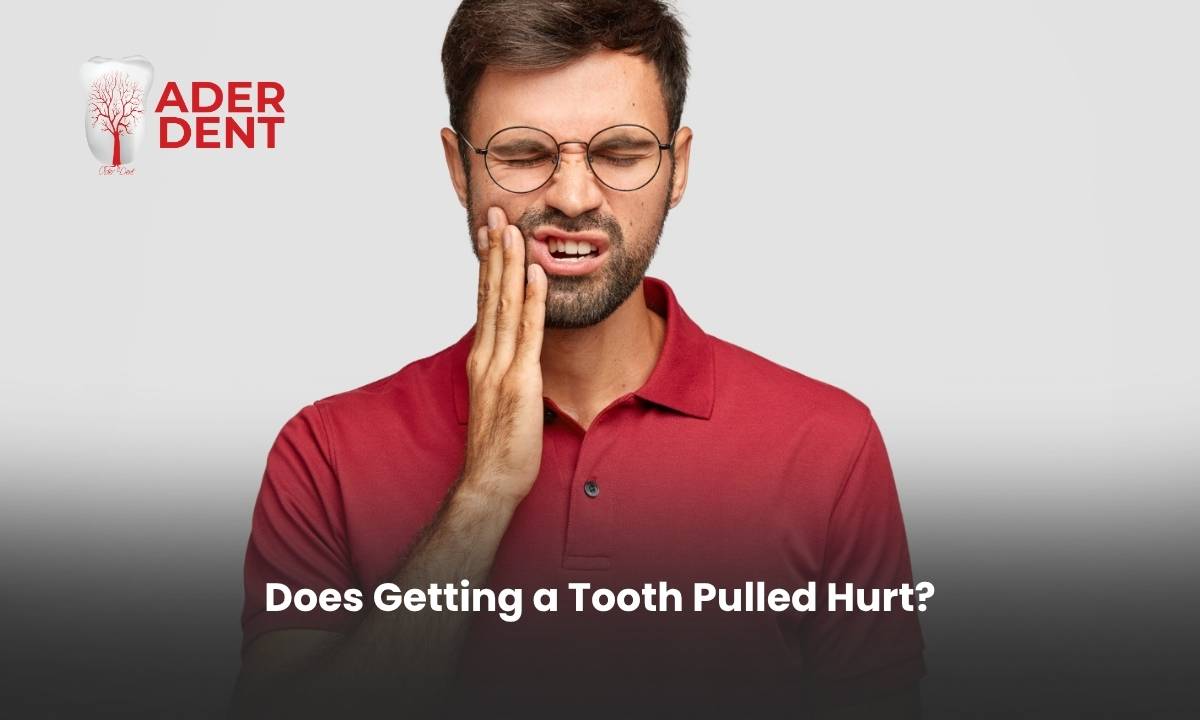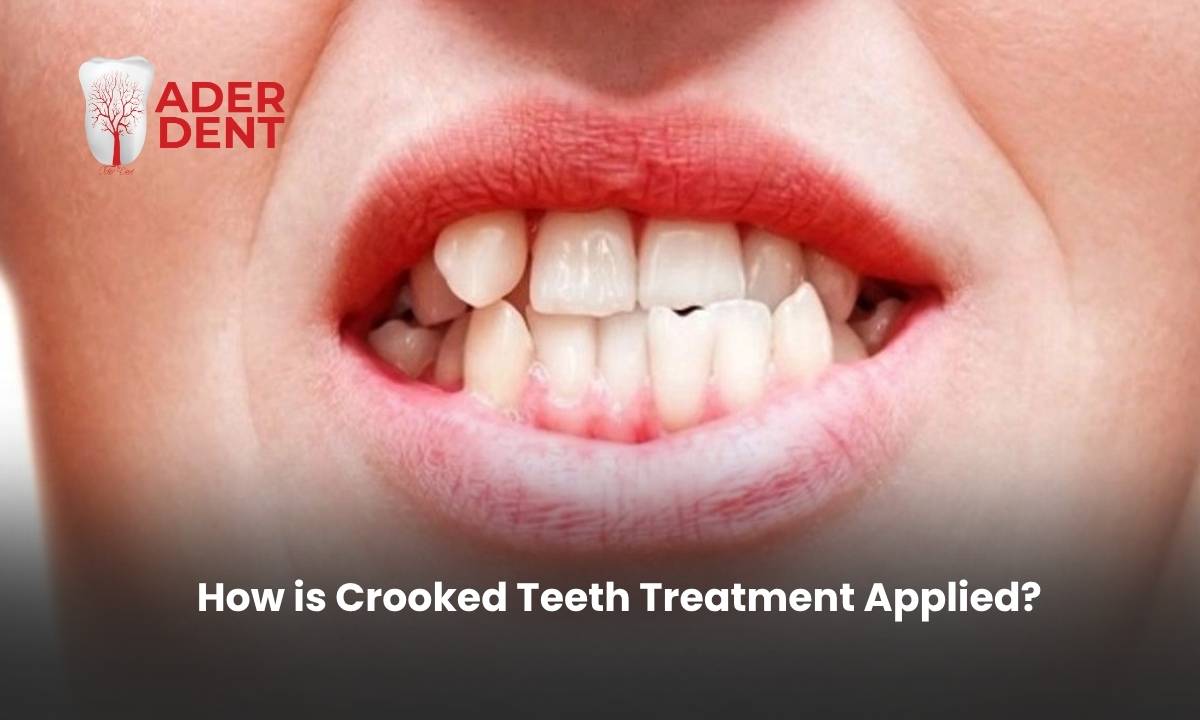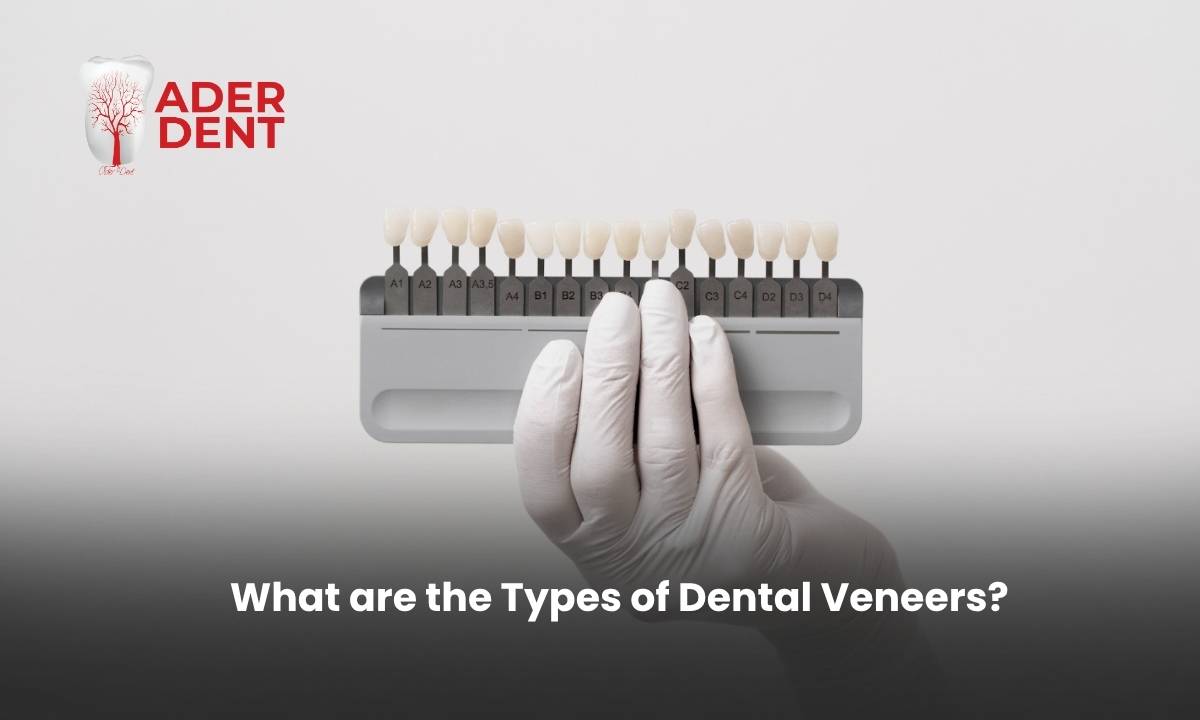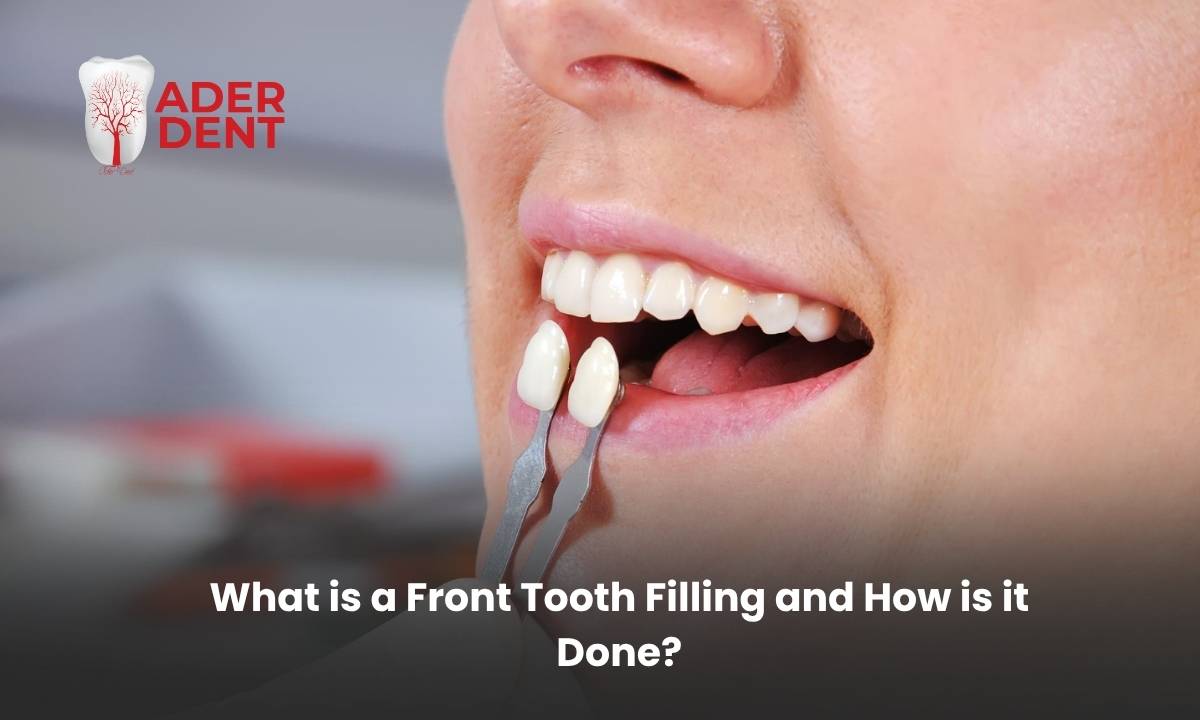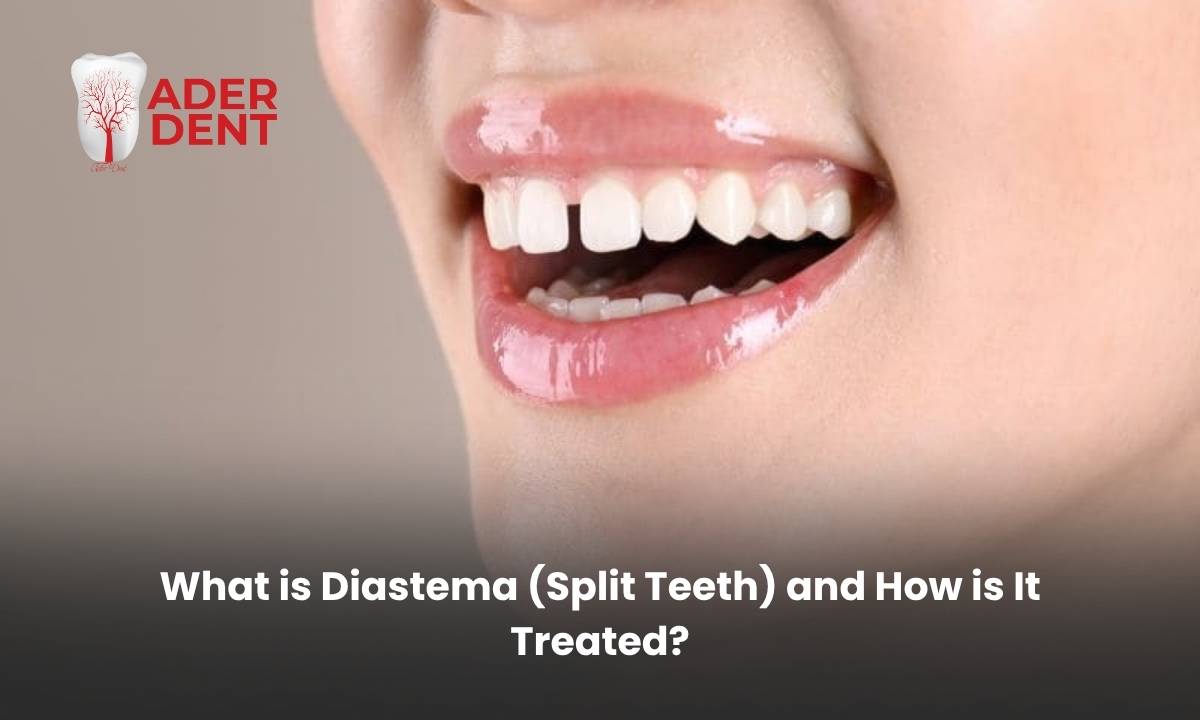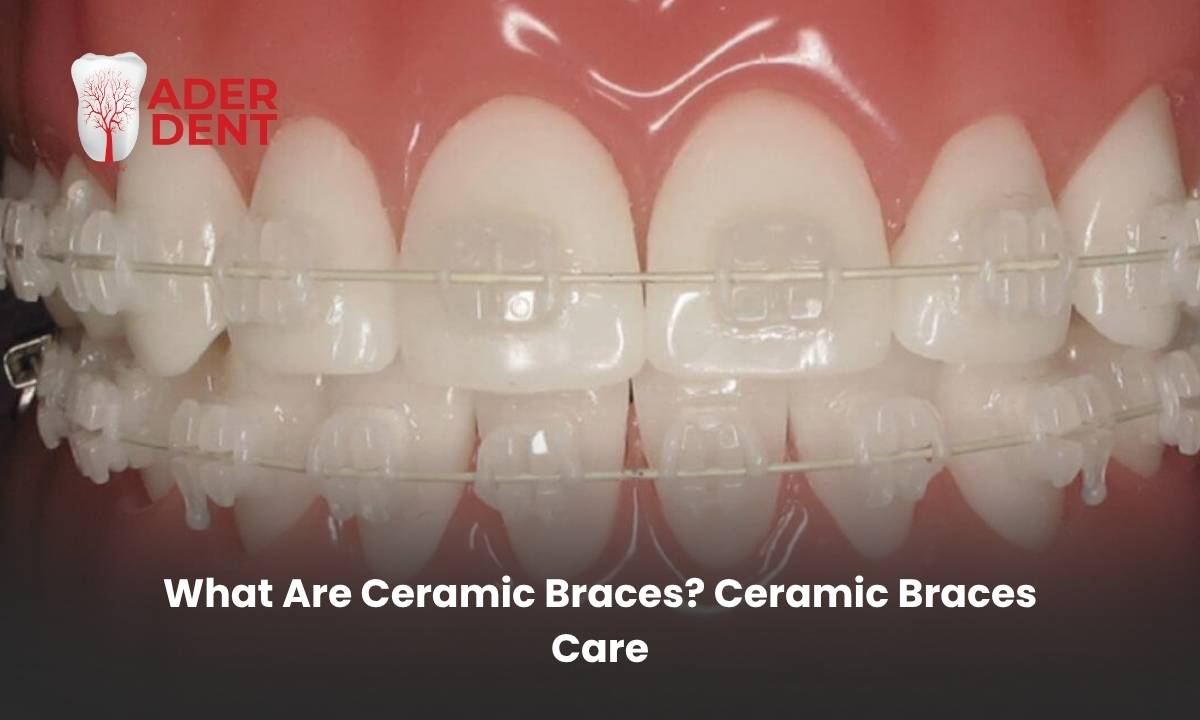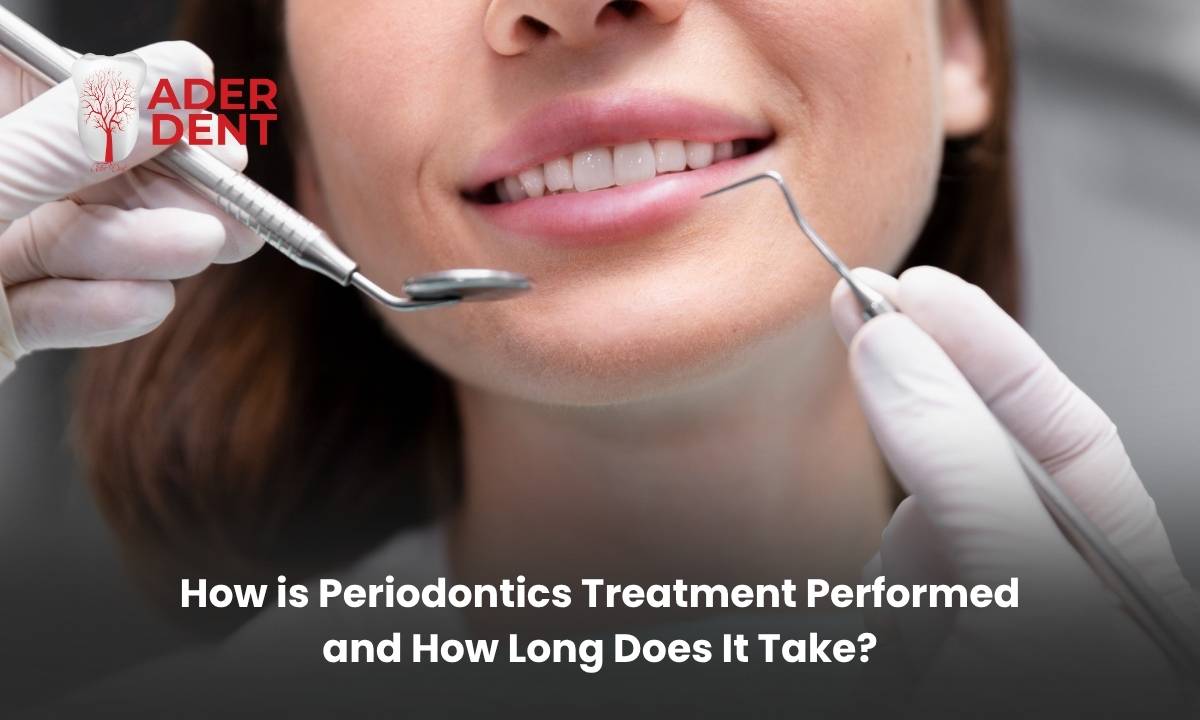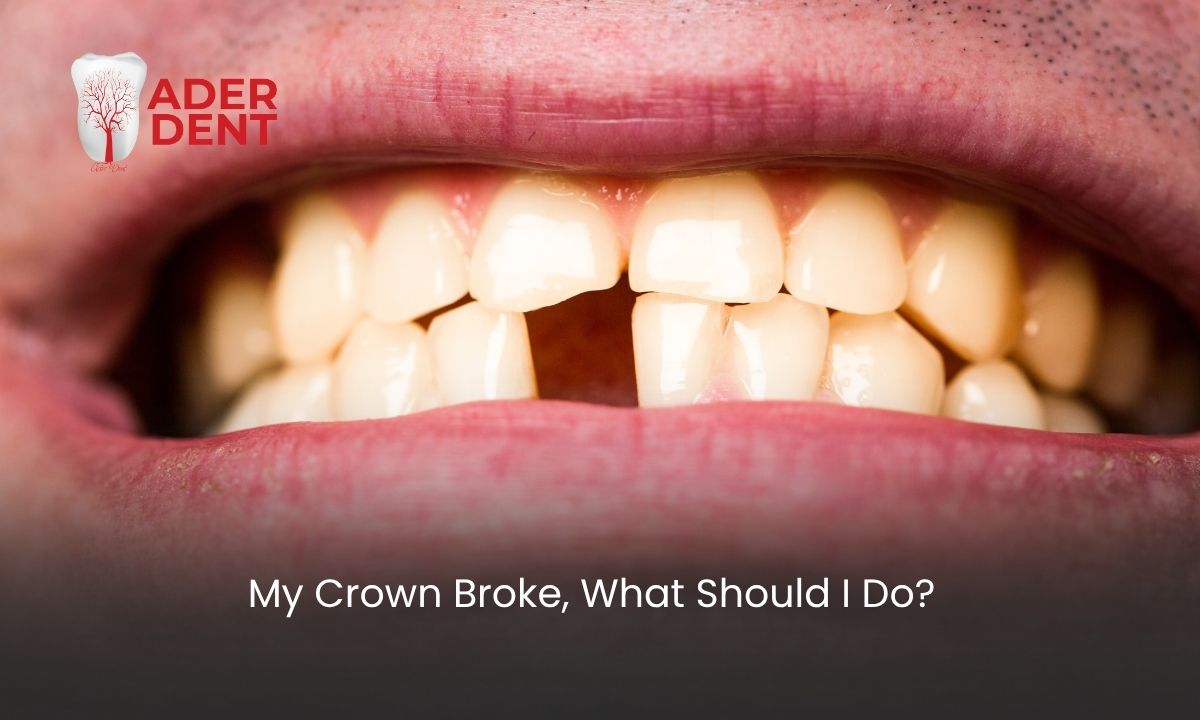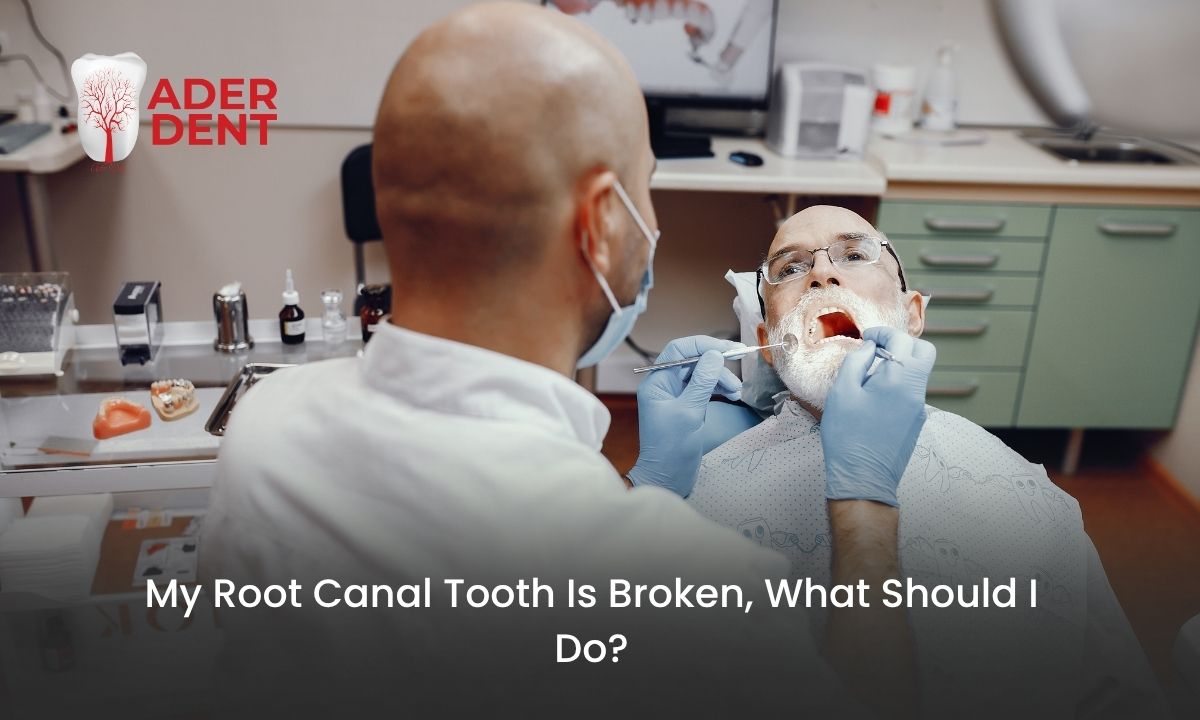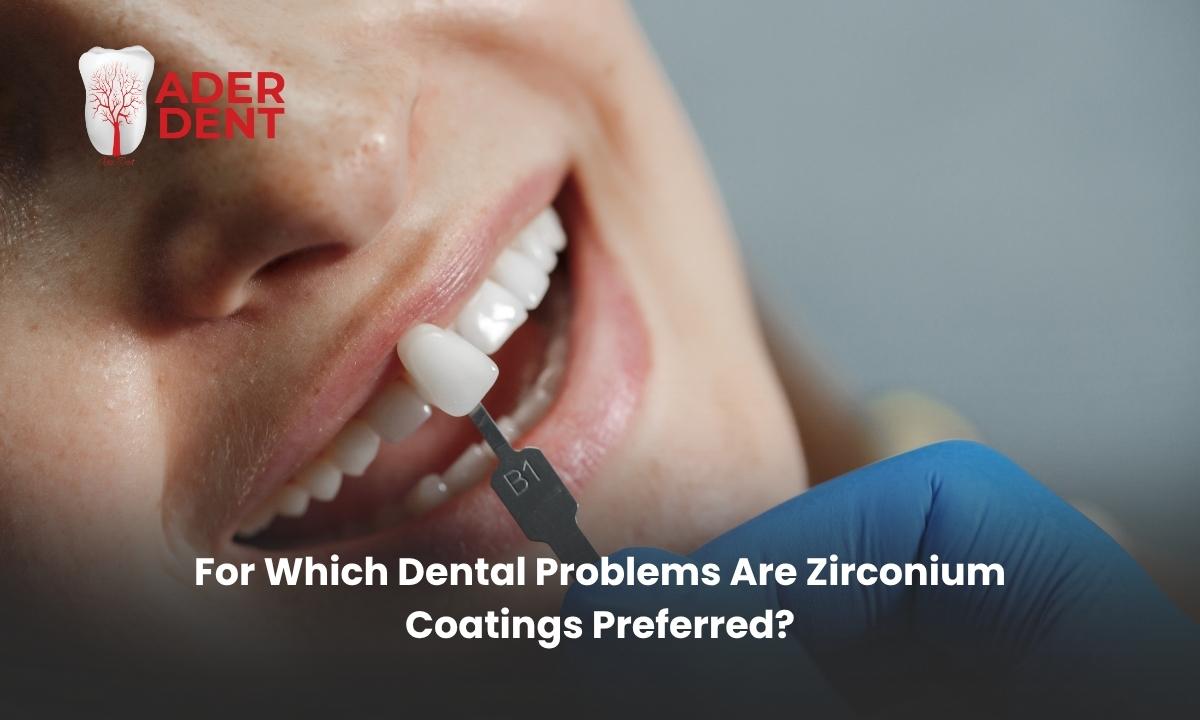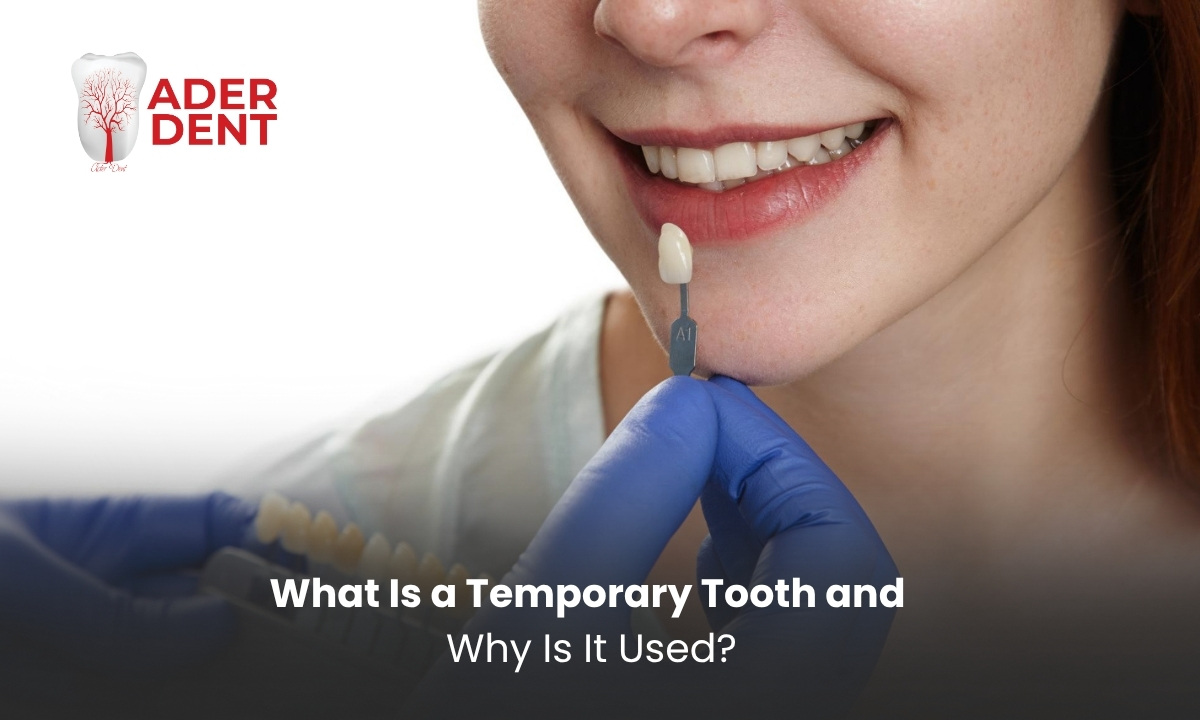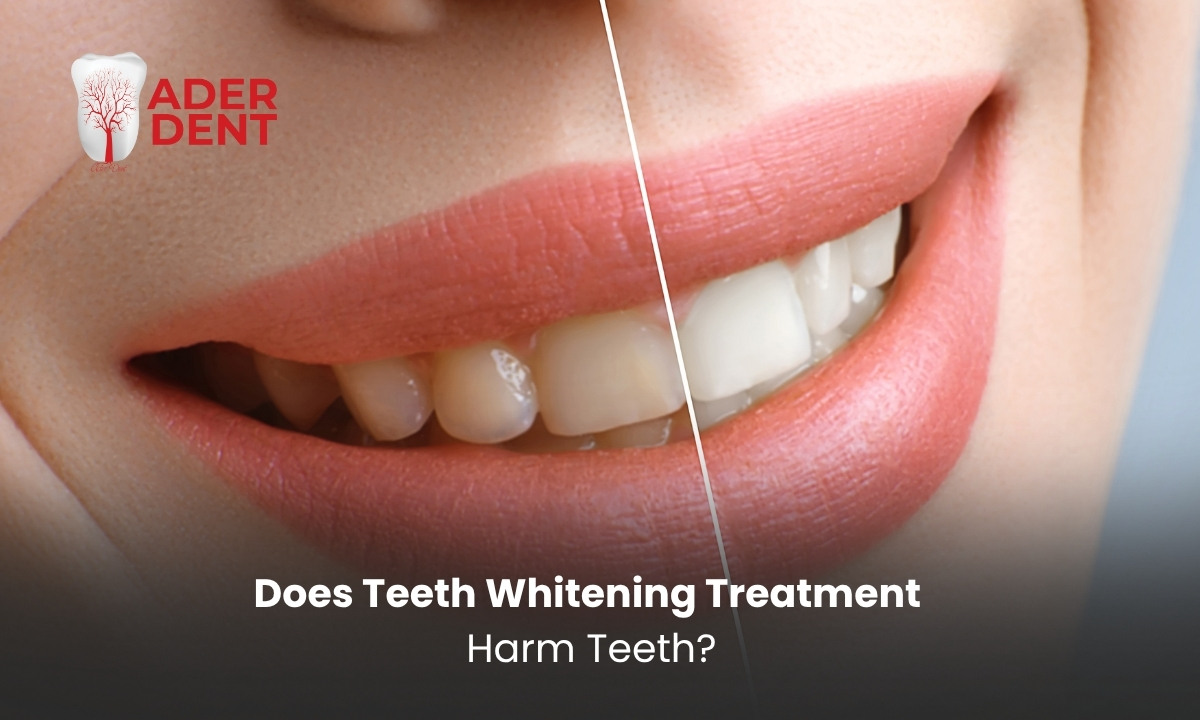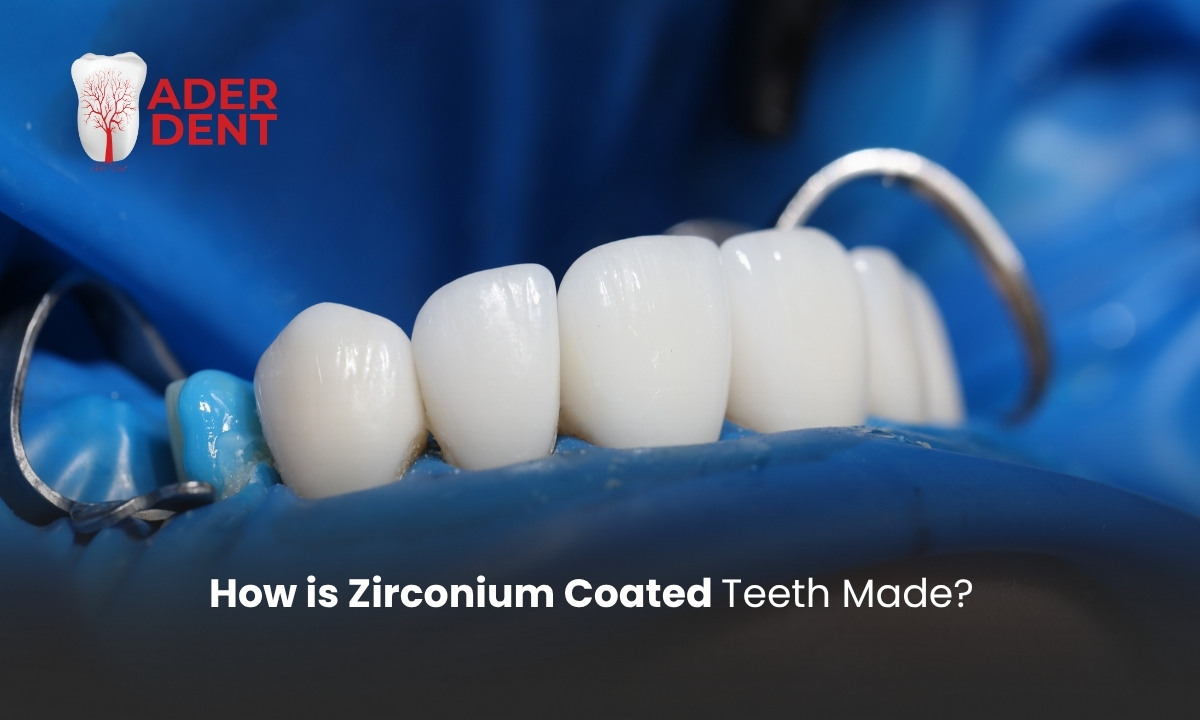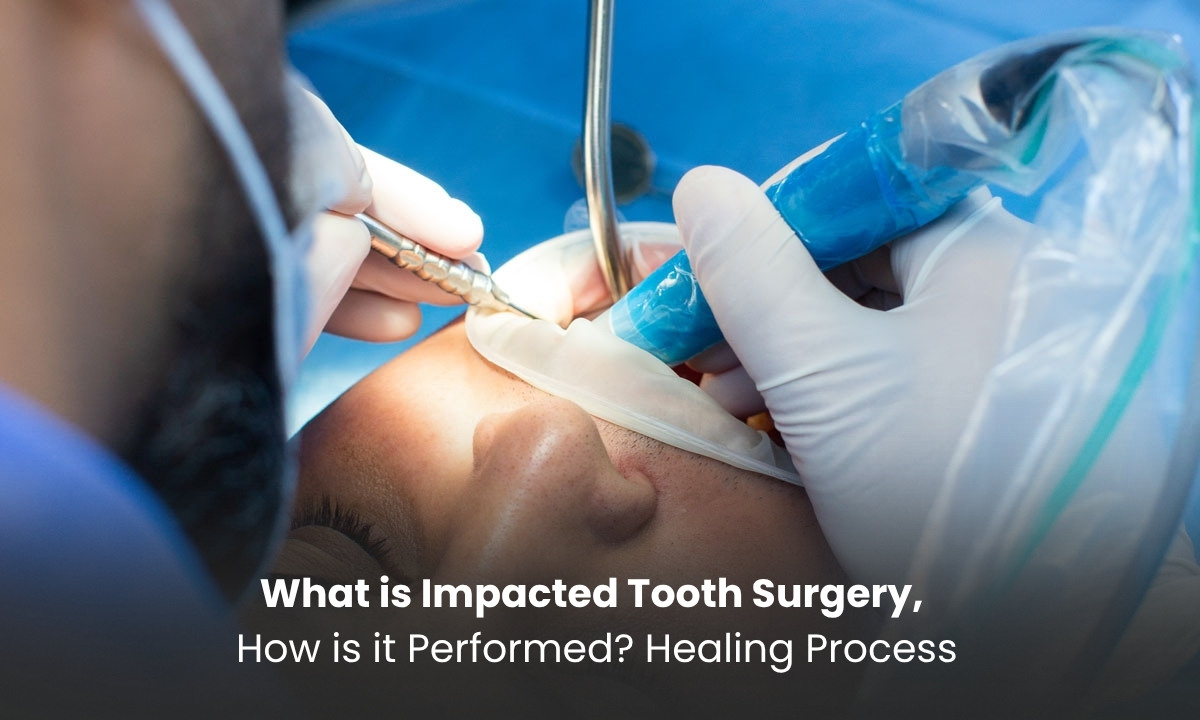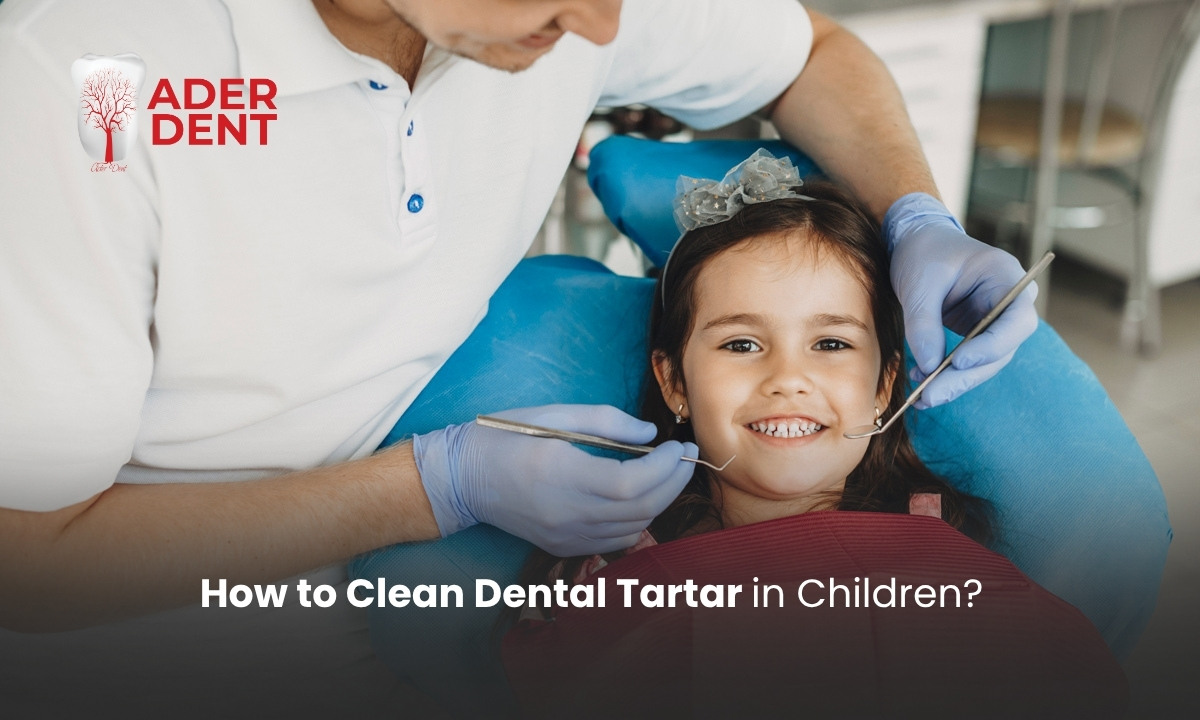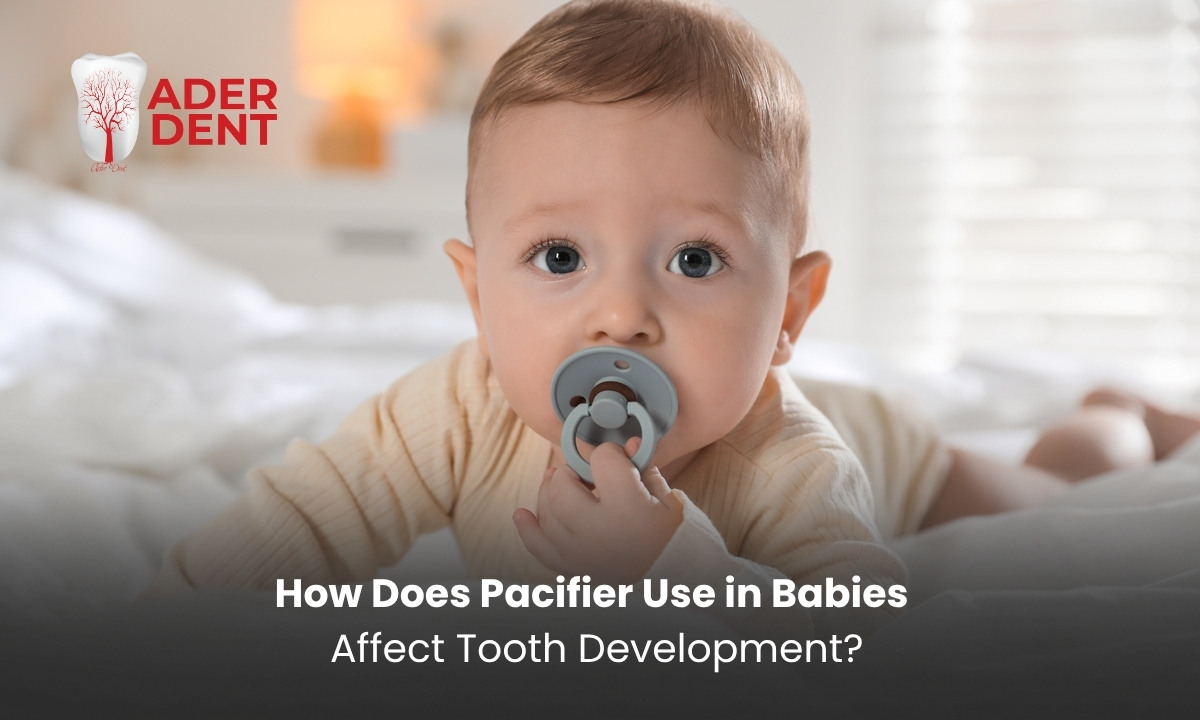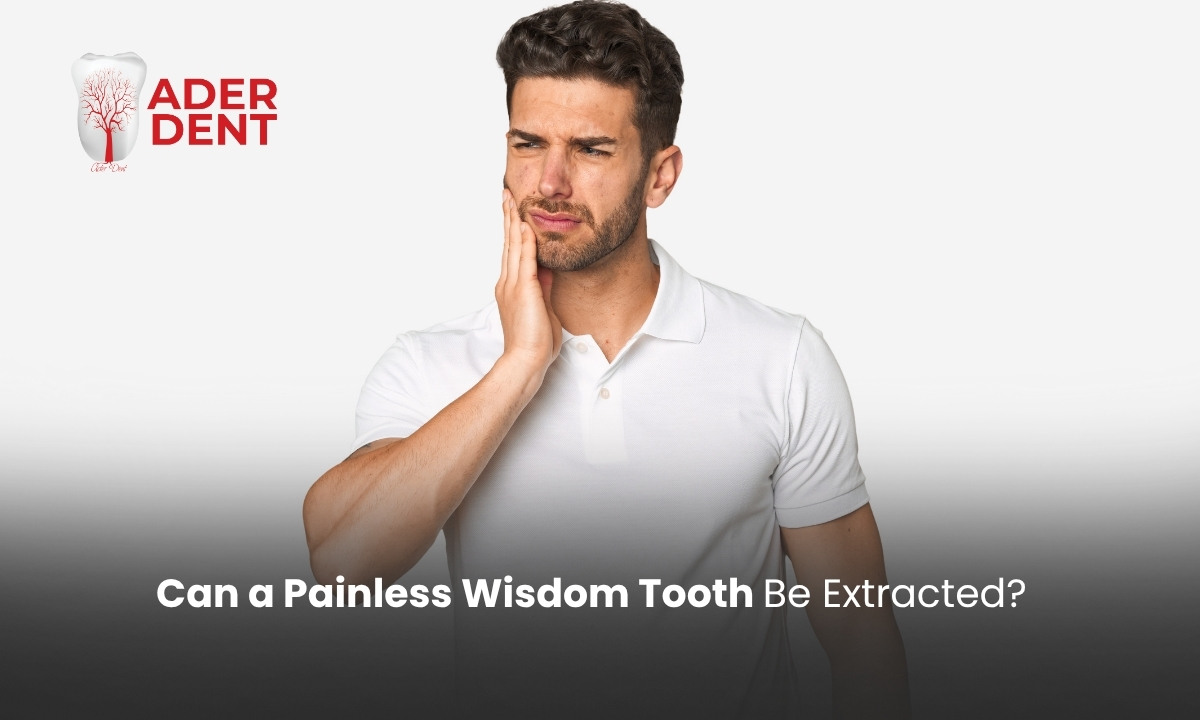
Wisdom teeth, also known as third molars, typically erupt between the ages of 17 and 25 and are located at the back of the jaws. In some individuals, these teeth emerge without any issues, while in others, they remain impacted, erupt at an angle, or exert pressure on surrounding tissues.
Can a Wisdom Tooth Be Extracted Even If It Doesn’t Hurt?
A wisdom tooth that isn’t causing pain does not necessarily need to be extracted. If the tooth has erupted in the correct position, the surrounding tissues are healthy, and there is no risk of pressure or infection, extraction may not be required. However, in some cases, removal is recommended even without pain:
- The tooth is impacted or erupting at an angle
- There is a risk of damaging adjacent teeth due to pressure
- Potential for decay, infection, or cyst formation in the future
- It is positioned in a way that could negatively affect orthodontic treatment
Your dentist will evaluate these conditions using imaging techniques such as a panoramic X-ray. It is important to remember that even if there are no symptoms, wisdom teeth can cause serious problems over time. Therefore, regular dental check-ups should not be neglected.
Is Wisdom Tooth Extraction a Painful Procedure?
Is Wisdom Tooth Extraction a Difficult Procedure?
The difficulty of extraction depends on the tooth’s eruption status, root anatomy, and its relationship with the jawbone. Extraction of a fully erupted tooth is usually easy and brief. However, impacted teeth without pain require surgical removal.
During the surgical extraction, the gum tissue is incised to access the tooth. If necessary, the tooth is sectioned and removed in pieces. This process is called a “surgical extraction” and should be performed by experienced oral and maxillofacial surgeons.
What Should Be Done After Wisdom Tooth Extraction?
Post-wisdom tooth extraction care is crucial for a healthy recovery process. Attention should be paid to the following points:
- Avoid hot foods and drinks for the first 24 hours.
- Do not smoke or consume alcohol.
- Chewing should not be strenuous during the first few days; soft foods are recommended.
- Take the painkillers and antibiotics prescribed by your dentist regularly.
- If bleeding occurs, apply pressure with a sterile gauze pad.
The recovery period varies by individual but generally lasts 5 to 7 days. However, it is important to be aware of potential signs of infection during this time. For more details, you can check our article on symptoms of infection after wisdom tooth extraction.
What Is the Ideal Age for Wisdom Tooth Extraction?
Wisdom teeth erupt between the ages of 17 and 25. Extraction performed before the roots have fully developed is easier and involves fewer complications.
Therefore, early removal not only speeds up healing but also reduces the risk of infection and cyst formation. Extractions performed after the age of 30 can be more challenging due to increased bone density.
What Should Be Considered When Having a Wisdom Tooth Extracted?
A panoramic X-ray should always be taken before the extraction. Additionally:
- Inform your dentist about any medications you are taking.
- If you use blood thinners, the procedure should be planned accordingly with your doctor’s knowledge.
- After extraction, follow your dentist’s recommendations regarding when to eat.
- Having the procedure performed in a hygienic environment by a qualified specialist significantly reduces the risk of complications.
Under What Circumstances Should Wisdom Teeth Be Extracted?
Extraction of wisdom teeth may become necessary to prevent certain oral and dental health problems. It is especially recommended in the following cases:
- The tooth is unable to erupt and remains impacted
- The tooth is growing in the wrong direction
- The tooth is crowding adjacent teeth
- Oral hygiene is compromised
- A cyst has developed
Even asymptomatic impacted teeth may need to be removed if they are causing any of these issues.
When Is Surgical Removal Necessary?
Wisdom teeth that are completely impacted within the bone are often removed using surgical methods, performed under local anesthesia. For more information about this surgical procedure, which is applied when the tooth is fully embedded in the bone, you can check our article on impacted tooth surgery.

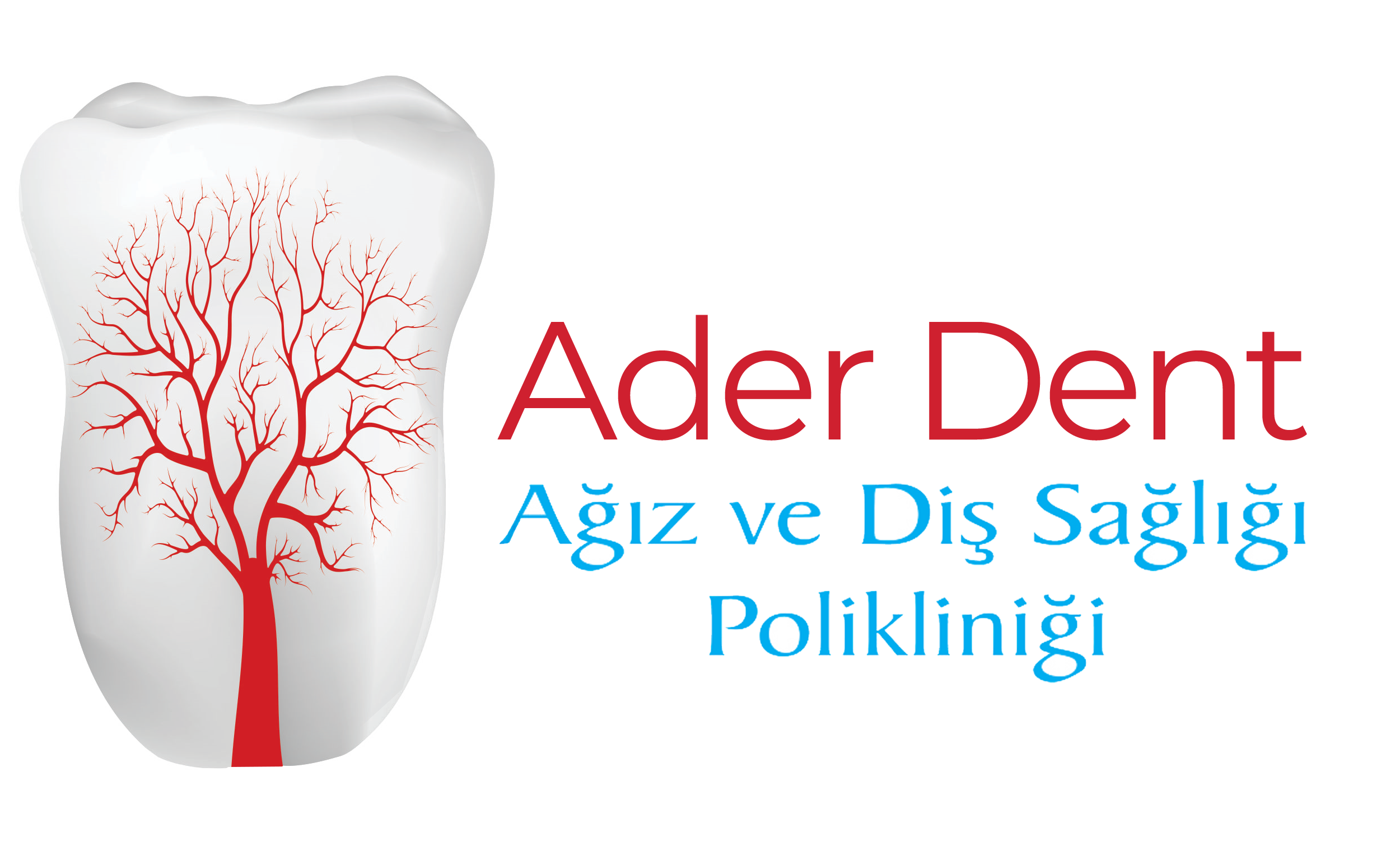
 TR
TR
